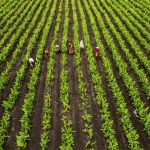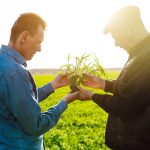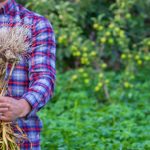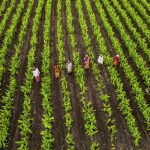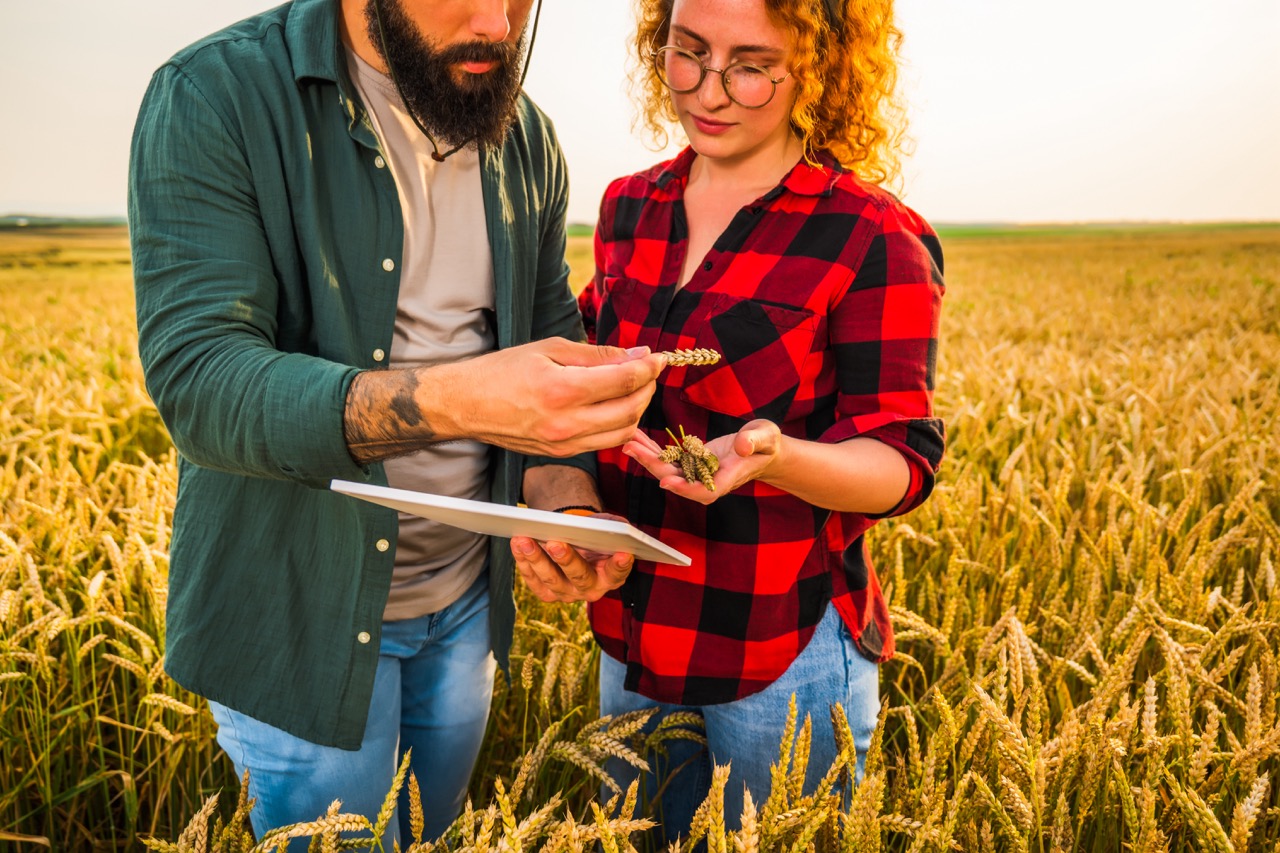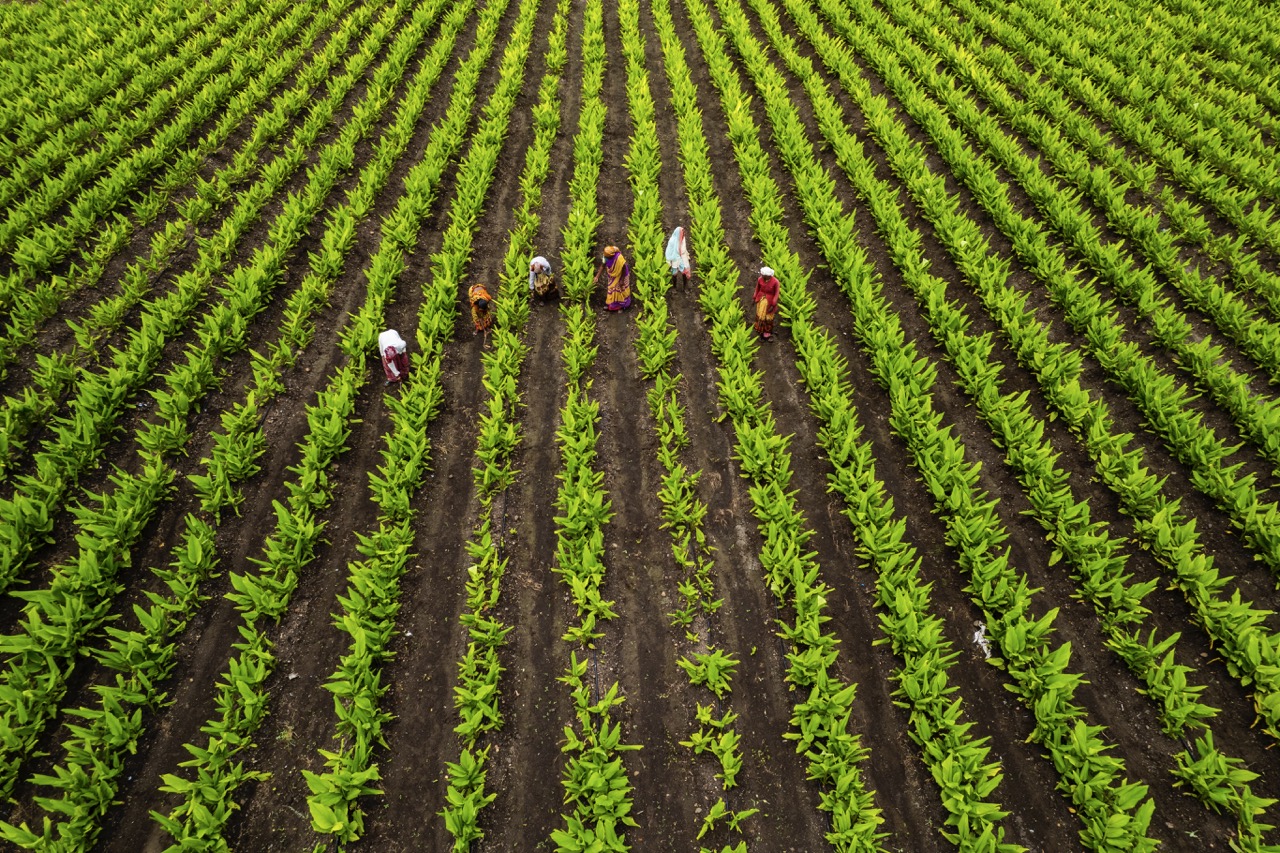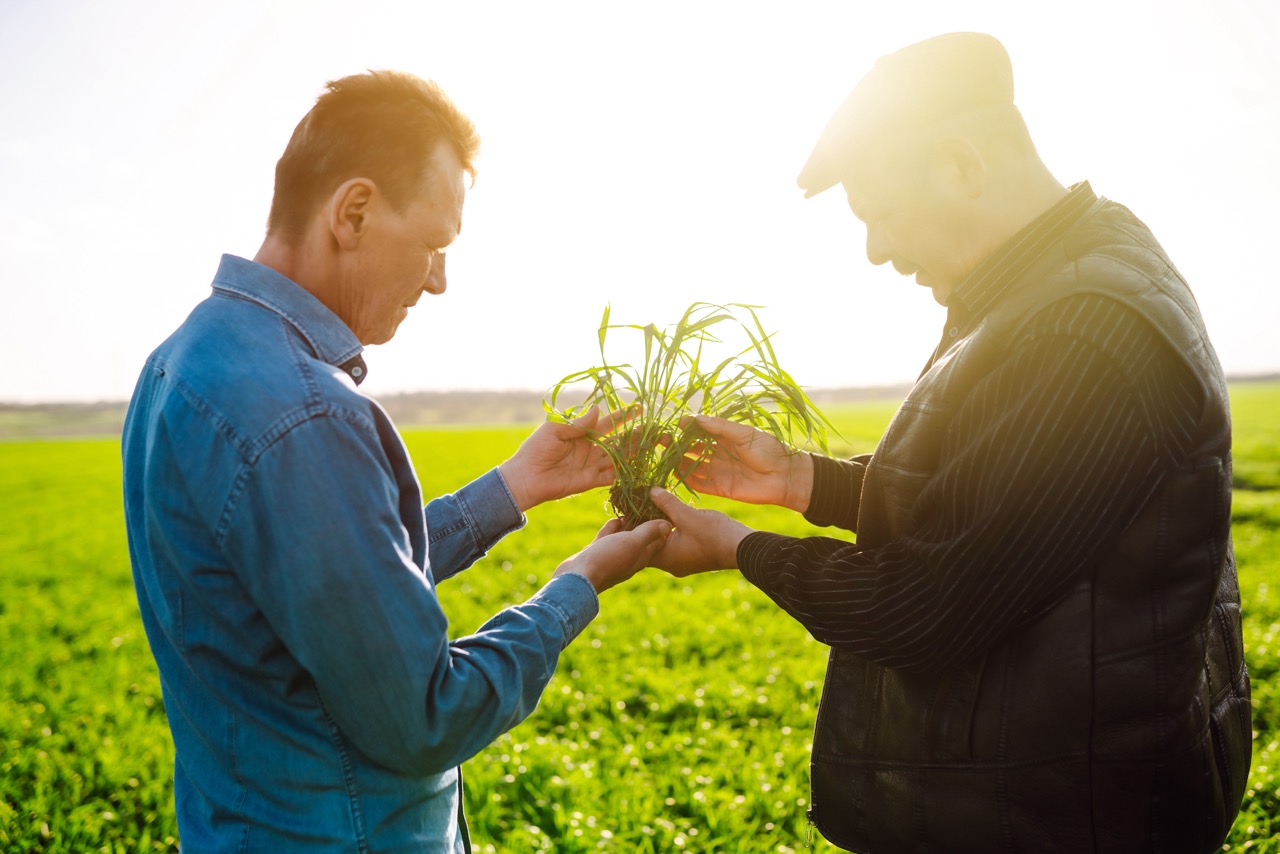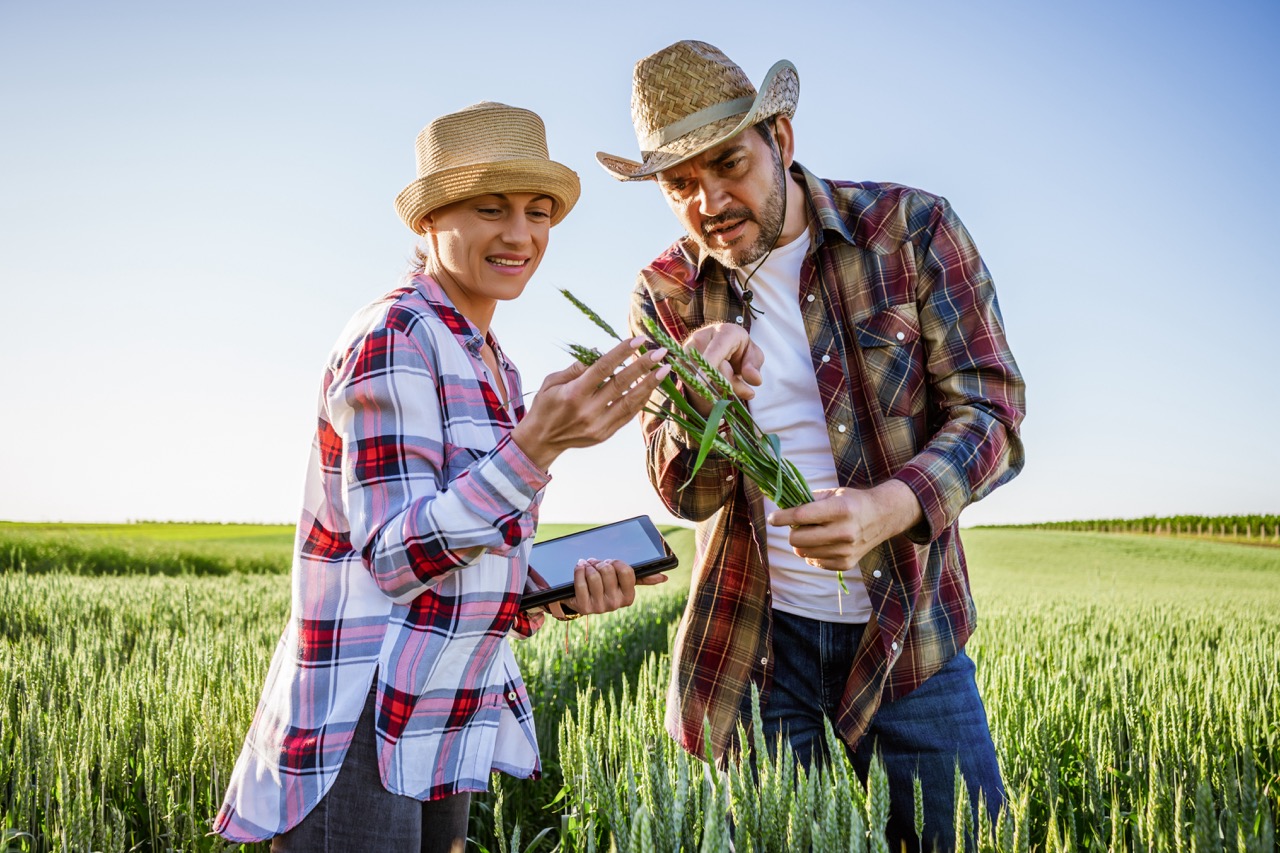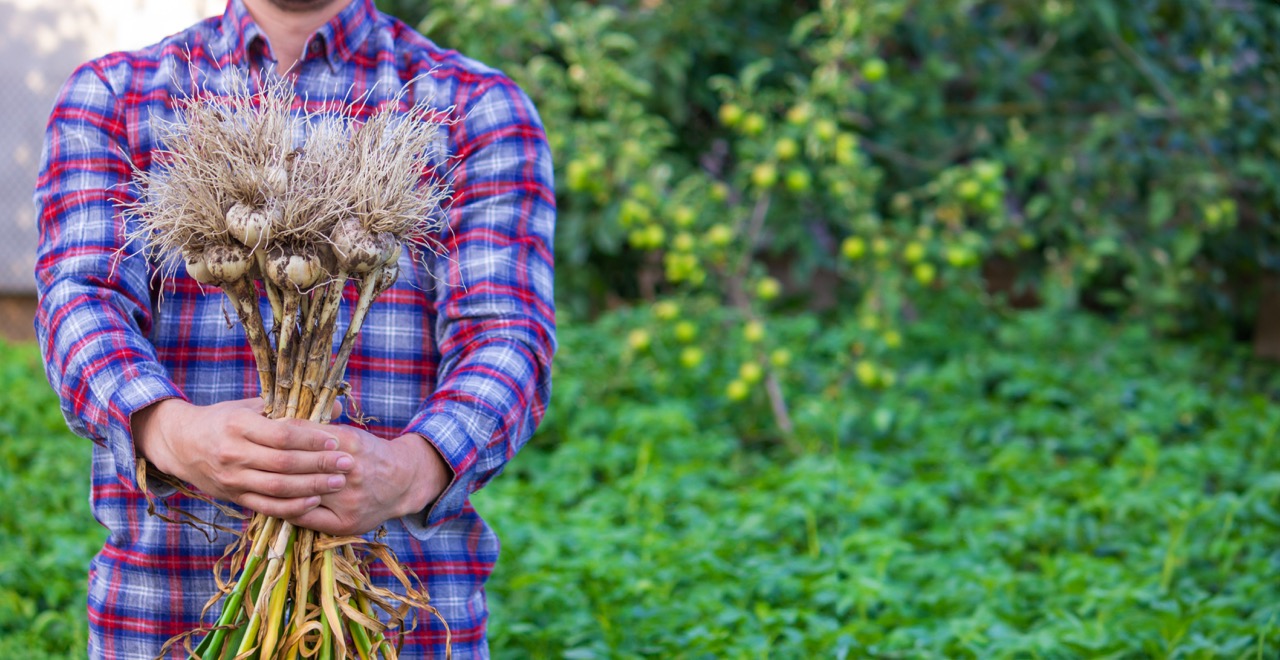Sharecropping, a system that emerged in the post-Civil War South, has long been associated with economic hardship and social inequality. However, its potential to promote agricultural diversity has often been overlooked. By allowing tenant farmers to cultivate various crops on rented land, sharecropping can foster a more diverse agricultural landscape. This article explores how sharecropping can serve as a vehicle for crop diversity, examining its historical roots, its role in sustainable agriculture, the benefits of crop diversity for both farmers and ecosystems, and highlighting successful case studies that illustrate these principles.
Understanding Sharecropping: A Historical Perspective
Sharecropping arose in the United States as a response to the economic devastation faced by Southern farmers after the Civil War. As plantation owners sought to maintain their agricultural enterprises without a labor force, they began to offer land to freed slaves and poor whites in exchange for a share of the crop. This system created a complex relationship between landowners and sharecroppers, often resulting in cycles of debt and exploitation. However, it also laid the groundwork for a more diversified farming approach, as sharecroppers were permitted to grow multiple crops according to their needs and market demands.
Historically, sharecropping has been characterized by a lack of land ownership, which prompted many sharecroppers to experiment with various crops to maximize their yield and financial returns. This necessity for economic survival led to the cultivation of diverse crops such as vegetables, grains, and legumes. The diverse planting not only helped mitigate risks associated with fluctuating market prices but also promoted soil health through crop rotation and reduced pest pressures. Thus, while often seen as a system of oppression, sharecropping inadvertently contributed to the diversification of agricultural practices.
In recent years, scholars have begun to reevaluate sharecropping within the context of agricultural sustainability. By examining historical records and oral histories, researchers have discovered that many sharecroppers embraced a mix of crops, enhancing biodiversity on the farms. This historical perspective highlights an overlooked aspect of sharecropping that resonates with contemporary agricultural challenges, such as climate change and food security, thereby suggesting that lessons learned from the past can inform current practices aimed at fostering crop diversity.
The Role of Sharecropping in Sustainable Agriculture
Sharecropping can play a pivotal role in advancing sustainable agricultural practices. By allowing tenants to manage the land, sharecropping encourages farmers to adopt practices that align with their ecological and economic needs. Such practices often include intercropping, where multiple crops are grown in proximity to one another, which not only optimizes land use but also enhances soil fertility and reduces the likelihood of crop failure. This model contrasts sharply with monoculture farming, which can deplete soil nutrients and leave crops vulnerable to pests and diseases.
Moreover, sharecropping arrangements can foster community-level collaborations among farmers. By sharing knowledge and resources, sharecroppers can implement innovative agricultural practices that promote crop diversity. For instance, farmers might exchange seeds, share pest management strategies, or collaborate on marketing diverse crops. This cooperative spirit can lead to enhanced resilience against market fluctuations and environmental stressors, ultimately benefiting both individual farmers and the farming community as a whole.
The sustainability of sharecropping hinges on equitable agreements between landowners and tenants. By ensuring that sharecroppers have a vested interest in the land they cultivate, landowners can incentivize practices that promote crop diversity and long-term soil health. This cooperative dynamic can transform sharecropping from a historically exploitative relationship into a mutually beneficial partnership that prioritizes sustainable agricultural practices and biodiversity.
Benefits of Crop Diversity for Farmers and Ecosystems
Crop diversity is essential for maintaining healthy ecosystems and promoting agricultural resilience. For farmers, cultivating a variety of crops can mitigate risks associated with climate variability and market fluctuations. By not relying solely on a single crop, farmers can buffer against the impacts of drought or disease outbreaks, ultimately ensuring a more stable income. Furthermore, diverse crops can improve soil health, as different plants contribute various nutrients and help build organic matter, reducing the need for synthetic fertilizers.
From an ecological perspective, crop diversity promotes a richer and more balanced ecosystem. Diverse plantings attract a variety of beneficial insects and pollinators, which can enhance crop yields and reduce the need for chemical pesticides. Additionally, rotating crops can disrupt pest and weed cycles, making it easier for farmers to manage their fields without resorting to harmful chemicals. This ecological approach not only benefits the farm but also contributes to broader environmental health by preserving biodiversity and supporting ecosystem services.
Moreover, diverse cropping systems can play a significant role in carbon sequestration, helping to mitigate climate change. By integrating various crops and adopting agroecological practices, farmers can enhance soil carbon storage and reduce greenhouse gas emissions. This not only benefits individual farms but also contributes to global efforts to combat climate change and promote sustainable food systems. As such, crop diversity is not merely an agronomic strategy; it is a critical component of a holistic approach to sustainable agriculture.
Case Studies: Successful Sharecropping and Crop Diversity
Several case studies illustrate how sharecropping can successfully promote crop diversity. One notable example is found in the Southern United States, where some sharecropping communities have embraced agroecological practices. These communities have successfully integrated diverse crops such as legumes, vegetables, and grains into their farming systems, resulting in improved soil health and increased yields. By leveraging traditional knowledge and cooperative practices, these sharecroppers have demonstrated that diversity can thrive within a sharecropping framework.
Another inspiring case is found in West Africa, where sharecroppers have utilized traditional farming methods to promote biodiversity. In regions where food security is a pressing concern, farmers have turned to sharecropping to cultivate diverse crop varieties, including indigenous plants that are well-adapted to local conditions. This not only enhances food security but also preserves cultural heritage and promotes resilience against climate change. By prioritizing diverse crops, these sharecroppers are not only safeguarding their livelihoods but also enriching their ecosystems.
Finally, a recent initiative in Southeast Asia has shown how sharecropping can be reimagined through cooperative farming networks. By pooling resources and sharing knowledge, farmers in these networks have been able to experiment with crop rotations and intercropping strategies that enhance biodiversity. These collaborative efforts have led to increased yields, improved soil health, and a revitalization of local food systems. Such case studies highlight the potential of sharecropping to act as a catalyst for sustainable agricultural practices that prioritize crop diversity and ecological balance.
Sharecropping’s historical legacy may be fraught with challenges, but its potential to promote crop diversity offers a pathway toward a more sustainable and resilient agricultural future. By recognizing the value of diverse cropping systems within sharecropping arrangements, farmers can mitigate risks, enhance ecological health, and contribute to vibrant agricultural communities. As we reflect on the lessons learned from history, it becomes clear that sharecropping can serve as a model for modern sustainable agriculture, fostering the diverse landscapes necessary for thriving ecosystems and food security.
